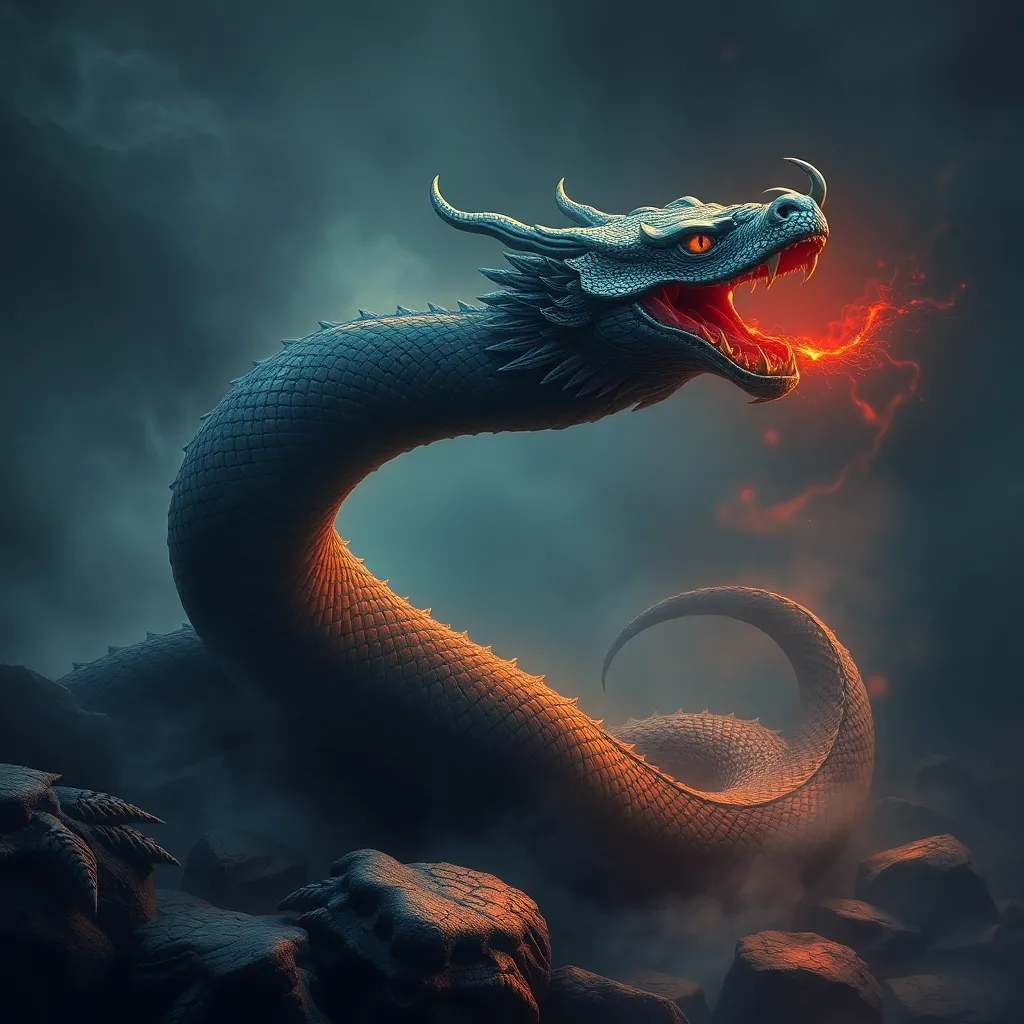The Mythological Roots of the Hecatoncheires: Exploring Earlier Influences
I. Introduction
The Hecatoncheires, often referred to as the “Hundred-Handed Ones,” are remarkable figures in Greek mythology, embodying both chaos and strength. These giant beings, with their numerous arms and formidable presence, play a significant role in the mythological narrative surrounding the Titans and the Olympian gods. Their importance is not merely in their physical attributes but also in the representation of primordial forces in the universe.
This article aims to delve into the earlier influences and mythological roots of the Hecatoncheires, examining their origins, connections to other mythologies, and the evolving interpretations of these fascinating beings through history.
II. Origins of the Hecatoncheires in Greek Mythology
The Hecatoncheires are first prominently mentioned in Hesiod’s “Theogony,” a foundational text for Greek mythology. Hesiod describes them as the offspring of Gaia (Earth) and Uranus (Sky), alongside the Titans. The Hecatoncheires are named Briareus, Cottus, and Gyes, each characterized by their immense size and strength, possessing one hundred hands and fifty heads.
- Briareus: Often depicted as the most powerful among them, known for his incredible strength and ferocity.
- Cottus: Recognized for his fierce nature, he is associated with violent storms and chaos.
- Gyes: Typically portrayed as a guardian figure, representing the earth’s solidity.
These beings played a crucial role in the Titanomachy, the battle between the Titans and the Olympian gods, where they sided with Zeus, highlighting their significance as symbols of support for order against chaos.
III. Pre-Greek Influences: Ancient Near Eastern Mythologies
To fully understand the Hecatoncheires, it is essential to explore their connections to ancient Near Eastern mythologies. There are notable parallels between the Hecatoncheires and various Mesopotamian deities.
- Enlil: The god of air and wind, often portrayed as a powerful force that could create and destroy.
- Tiamat: A chaos monster in Babylonian mythology, representing primordial chaos before the order brought by Marduk.
The influence of Babylonian creation myths, notably the Enuma Elish, can be seen in the chaotic elements embodied by the Hecatoncheires. Much like Tiamat, the Hecatoncheires symbolize the tumultuous forces of nature that precede creation and order.
IV. The Role of Titans and Primordial Beings
The Hecatoncheires are often considered part of the Titan family, which includes powerful beings such as Cronus and Rhea. Their connection to the Titans emphasizes their role as ancient beings who existed before the Olympians, serving as a bridge between the chaos of the primordial world and the structured order of the new divine hierarchy.
Primordial beings, such as Chaos and Gaia, significantly influence the narrative of the Hecatoncheires, representing the raw forces of the universe. This connection highlights the evolution of mythological narratives, where earlier chaotic elements give way to the structured pantheon of gods.
V. The Hecatoncheires as Symbols of Chaos and Order
The duality of chaos and order is a recurring theme in mythology, and the Hecatoncheires encapsulate this conflict. Their chaotic power serves to challenge the established order represented by the Olympians.
In various myths, the Hecatoncheires are depicted as agents of destruction and chaos, yet they ultimately align with Zeus to defeat the Titans, symbolizing the restoration of order. This duality reflects the human struggle between chaos and structure in the natural world.
VI. The Hecatoncheires in Later Classical Literature
The Hecatoncheires appear in works by later classical authors, including Homer and other poets. In the “Iliad,” they are mentioned as formidable allies of Zeus, underscoring their continued significance in Greek mythology.
Over time, their symbolism evolved, representing not just brute strength but also the idea of support for justice and order. This progression illustrates how mythological figures adapt and find new meanings in different cultural contexts.
VII. Cultural Interpretations and Adaptations
The legacy of the Hecatoncheires extends beyond Greek mythology into Roman mythology and literature, where they were often depicted in the context of the Titanomachy. Roman adaptations maintained the core characteristics of the Hecatoncheires, emphasizing their roles as powerful allies of the Olympian gods.
In modern culture, the Hecatoncheires have found their way into various forms of media, including literature, films, and video games. They are often portrayed as symbols of overwhelming strength or as chaotic forces that challenge protagonists, reflecting their mythological origins.
VIII. Conclusion
In summary, the Hecatoncheires are complex figures rooted deeply in Greek mythology, with connections to earlier Near Eastern influences and primordial beings. Their dual role as symbols of chaos and order illustrates a profound narrative about the balance of forces in the universe.
Understanding the mythological roots of the Hecatoncheires not only enriches our knowledge of ancient narratives but also highlights the enduring significance of these themes in contemporary society. As we explore these ancient mythologies, we can gain insights into the human experience and the timeless struggle between chaos and order.



